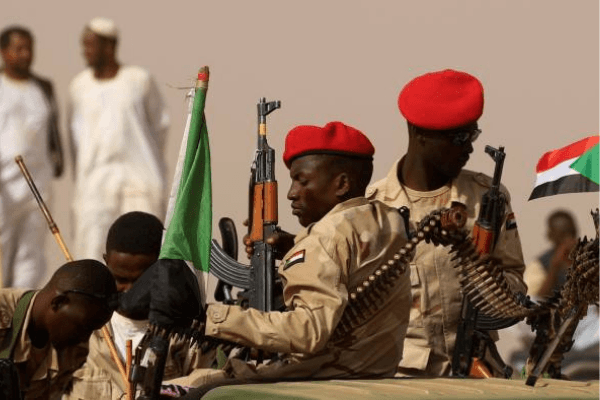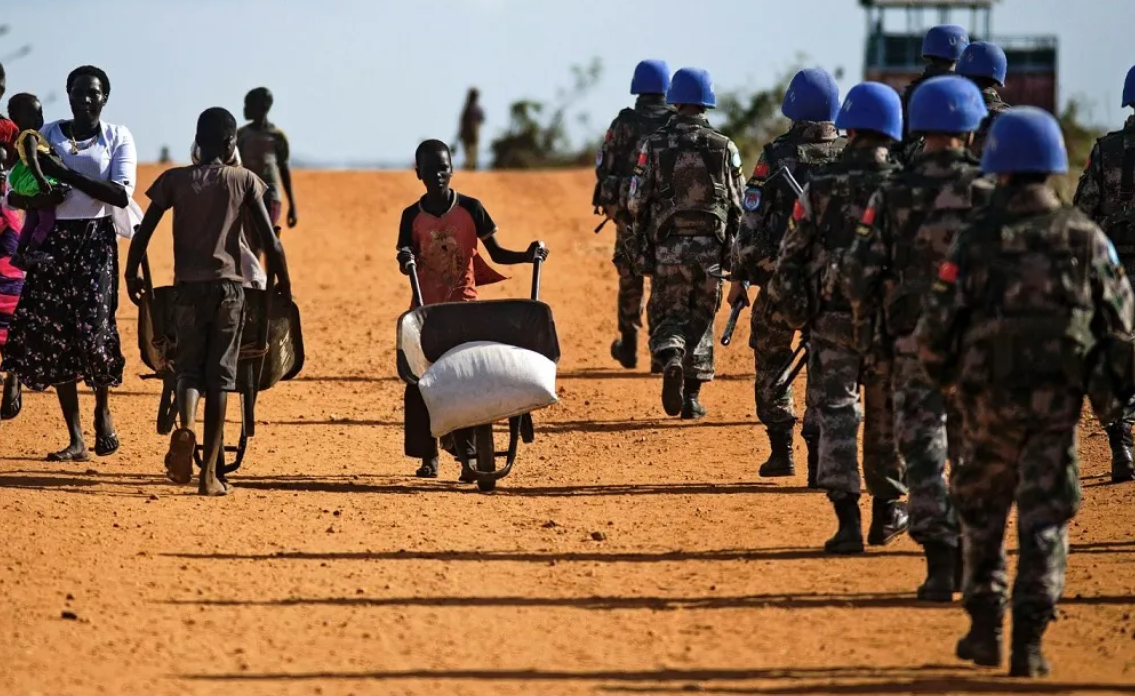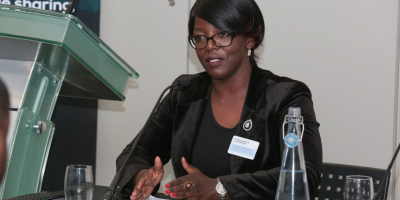
Sudan, once Africa’s largest country by landmass, could be on the verge of another historic split.
- Sudan faces potential division as rival administrations led by SAF General Burhan and RSF leader Hemedti establish control over different regions.
- This conflict stems from a power struggle that escalated into a full-blown war in April 2023, leaving the country politically and socially divided.
- The humanitarian crisis worsens, displacing 10 million civilians and creating famine conditions, particularly in Darfur.
After years of civil conflict, broken ceasefires, and failed transitions, the country is now on the verge of division, as two competing governments, each claiming legitimacy, dig in further across the country.
What began as a power struggle between two military chiefs has now evolved into a war for Sudan’s spirit and structural integrity.
As of August 2025, General Abdel Fattah al-Burhan, commander of the Sudanese Armed Forces (SAF), and Mohamed Hamdan “Hemedti” Dagalo, leader of the paramilitary Rapid Support Forces (RSF), had established parallel administrations in opposing sections of the nation.
Their conflict has divided Sudan politically, geographically, and socially.
History of conflict
Sudan’s political turmoil is not new. Since achieving independence from British Egypt on January 1, 1956, the country has experienced several military coups, ethnic bloodshed, and long-lasting civil conflicts.
Two lengthy north-south battles, lasting 1955-1972 and 1983-2005, eventually led to South Sudan’s separation in 2011, which many anticipated would usher in peace.
Sudan’s status remained uncertain under Omar al-Bashir, who took power in a 1989 coup and reigned until 2019.
His rule was known for war crimes, notably in Darfur, where violence resulted in hundreds of thousands of fatalities and forced displacement, and he was eventually charged by the International Criminal Court.
In April 2019, a popular uprising deposed Bashir, paving the way for a civilian-military transitional government.
However, this fragile arrangement collapsed in October 2021, when General Abdel Fattah al-Burhan led a coup, dissolved the Sovereignty Council, and arrested civilian leaders, including Prime Minister Abdalla Hamdok.
Although RSF commander Hemedti originally supported the coup, tensions quickly grew between him and Burhan, primarily over power allocation and the controversial topic of merging the RSF into the national armed forces, fueling widening divides.
By April 2023, their resentment had escalated into a full-blown war. The RSF and SAF battled in Khartoum, soon transforming the city into a battleground.
Heavy artillery, airstrikes, and urban combat decimated the city.
In July 2025, the RSF announced the creation of a “presidential council” to administer the territory it controls. It also began writing a new constitution, thereby establishing a breakaway government in all but name.
The RSF has set up administrative institutions, collected taxes, and built tribal alliances across Darfur and central Sudan.
In contrast, al-Burhan’s SAF-led administration maintains international legitimacy and diplomatic support from Egypt and certain Gulf states.
It operates out of Port Sudan, administering exile ministries and maintaining links with the United Nations and the African Union.
However, neither side has a clear military advantage, and both are now entrenched, resulting in a divide similar to Libya’s, with rival national narratives and state institutions.
A growing humanitarian disaster
Civilians have suffered greatly as a result of this split. According to the United Nations Office for the Coordination of Humanitarian Affairs (OCHA), approximately 10 million Sudanese have been displaced, making it one of the world’s worst displacement crises (UN OCHA, 2025).

Many people have fled to Chad, South Sudan, and Egypt, resulting in regional instability and overcrowded refugee camps. Inside Sudan, essential services have crumbled.
Famine is coming, particularly in Darfur, where both armed groups and ethnic militias have targeted people.
In July alone, humanitarian activities in the Upper Nile, Jonglei, Unity, Western Equatoria, and Central Equatoria were still significantly impacted by access restrictions brought on by the fighting. Attacks against aid workers, criminal activity, and the confiscation of aid assets were among the 60 access events that were documented.
Particularly in Juba Central Equatoria, where aid workers were the targets of three kidnappings, including requests for ransom and violent robberies, there was a notable increase in criminal activity directed at humanitarian personnel and institutions.
In Jonglei and Central Equatoria, armed groups assaulted UN contractors, injuring people and causing damage to infrastructure, notably the Kandila Bridge project, according to reliefweb.
What’s at stake with the potential Sudan split?
The most alarming effect is that Sudan may never reunite. If present trends continue, the nation may irreversibly fracture, following in the footsteps of failed states like Yemen, Syria, and Libya, which had numerous administrations, militias, and foreign patrons.
This would be Sudan’s second significant secession in recent history, dealing a catastrophic blow to ambitions to create a unified African state.
The ramifications would spread throughout the Horn of Africa and the Arab world, disrupting economic lines, migrant flows, and regional diplomacy.
Sudan’s civil society and democratic voices, which were so lively during the 2019 revolution, have been mostly muffled in the current crisis.
PS: This article reflects my understanding of the subject. I welcome corrections or insights from experts who may offer a more informed perspective.












